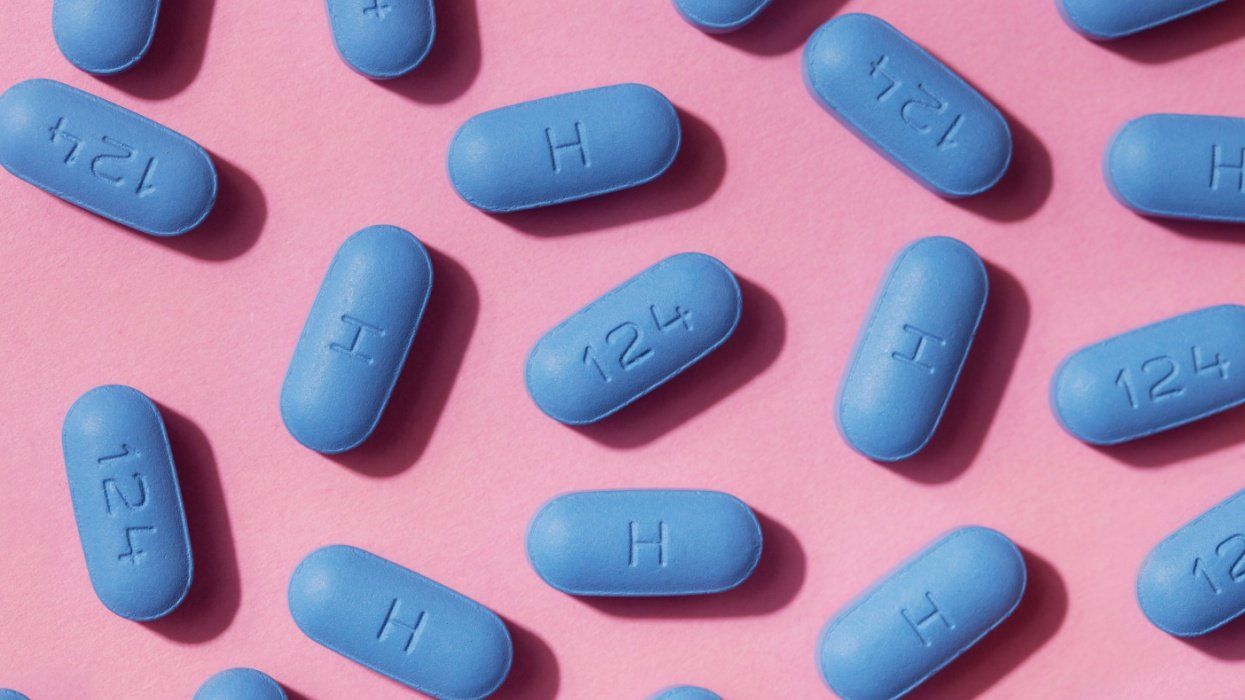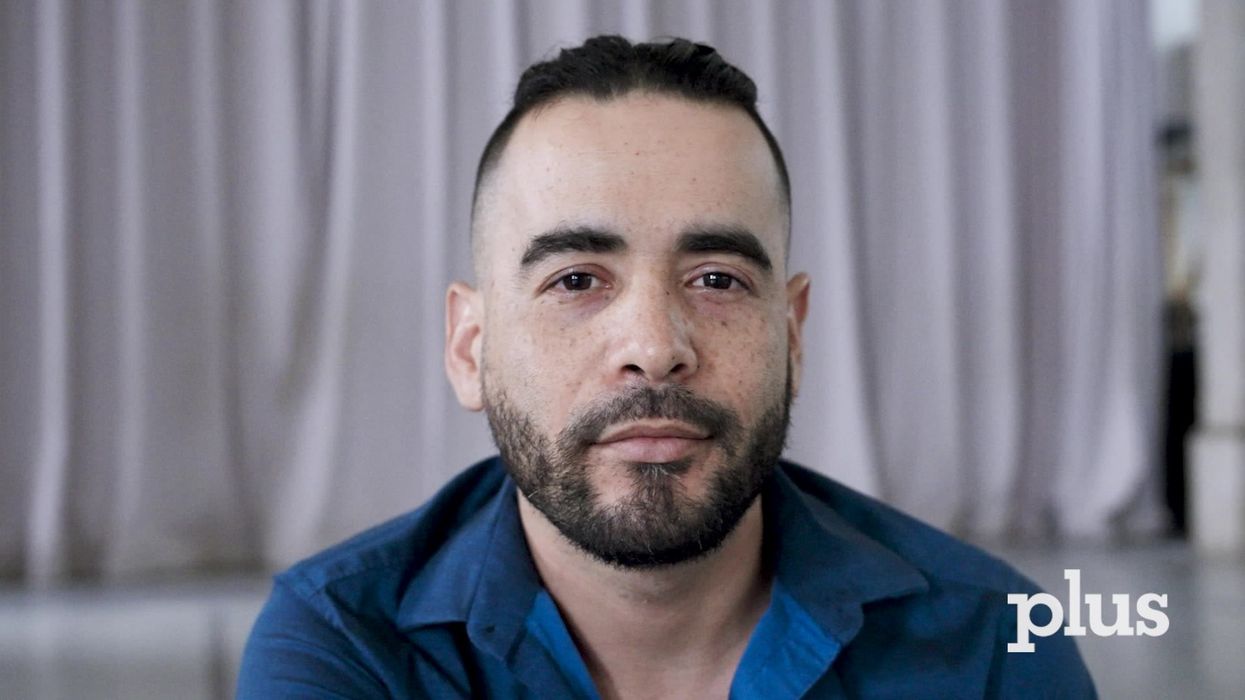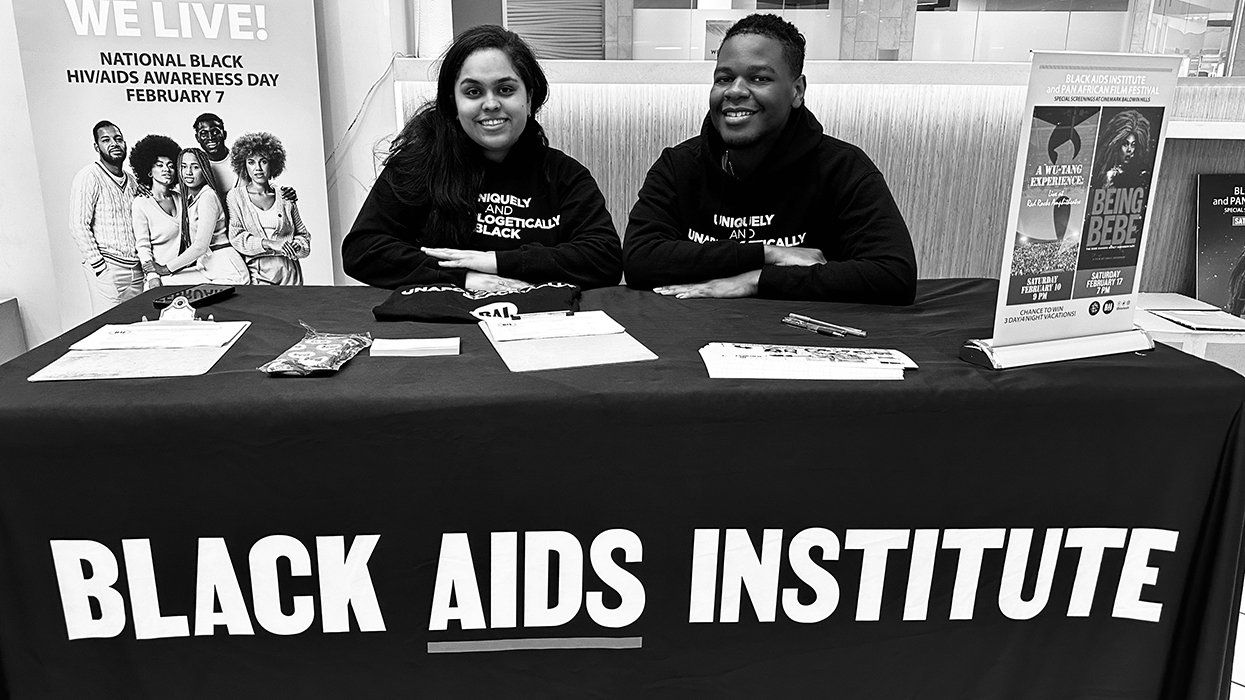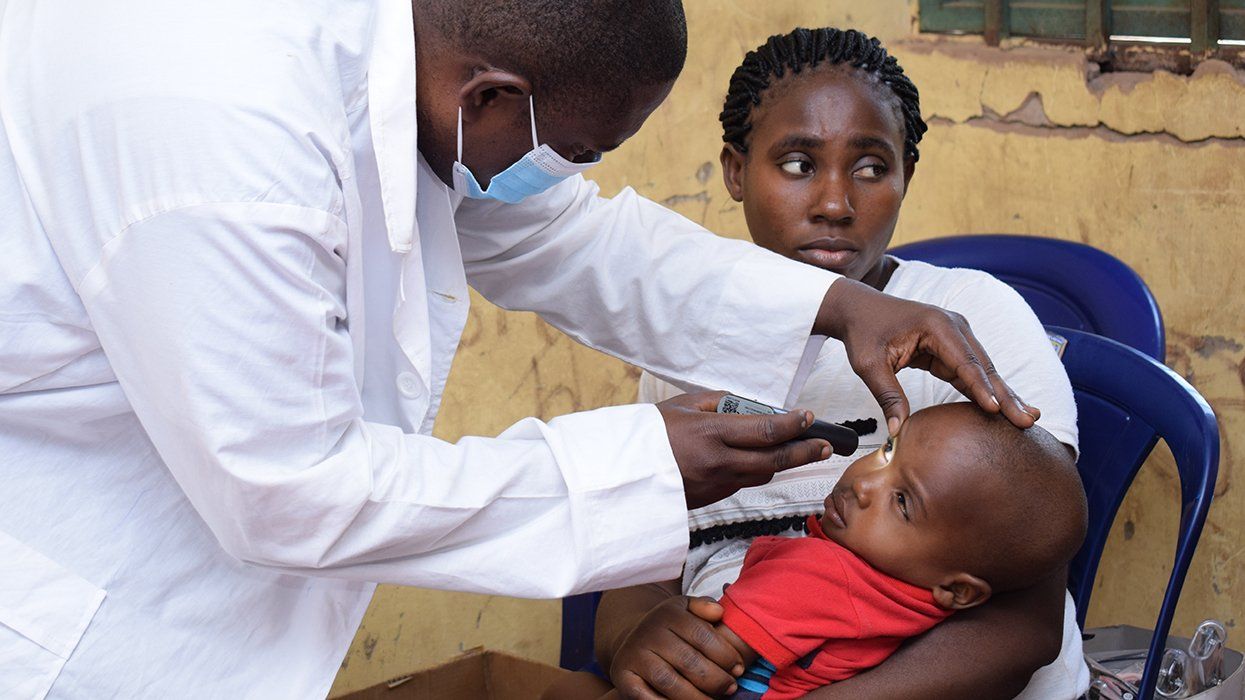Treatment GuideJust DiagnosedSex & DatingAfrican AmericanStigmaAsk the HIV DocPrEP En EspañolNewsVoicesPrint IssueVideoOut 100
CONTACTCAREER OPPORTUNITIESADVERTISE WITH USPRIVACY POLICYPRIVACY PREFERENCESTERMS OF USELEGAL NOTICE
© 2025 Pride Publishing Inc.
All Rights reserved
All Rights reserved
By continuing to use our site, you agree to our Privacy Policy and Terms of Use.
Circumcision, which has been shown in some studies to substantially lower HIV risk in men, also dramatically changes the presence of bacteria on the penis, according to a study led by scientists at the Translational Genomics Research Institute and Johns Hopkins University that was published January 6 in the scientific journal PLoS ONE.
And these bacterial changes may also be associated with earlier observations that women whose male partners are circumcised are less likely to develop bacterial vaginosis, an imbalance between good and harmful bacteria.
The study, "The Effects of Circumcision on the Penis Microbiome," could lead to new nonsurgical HIV preventive strategies for the estimated 70% of men worldwide (more than 2 billion) who, because of their religious or cultural beliefs or logistic or financial barriers, are not likely to become circumcised.
"It has important public-health ramifications," says Lance B. Price, director of TGen's Center for Metagenomics and Human Health and an author of the scientific paper, which describes the world's first molecular assessment of the bacterial diversity of the male reproductive organ.
This new study is part of a larger effort by the U.S. National Institutes of Health to study and describe the "human microbiome" -- the microbes that exist collectively on and in the human body. Other projects are focused on microbiomes involving the skin, nose, mouth, digestive, and female genitourinary tract. Jointly, the goal of these projects is to define the various roles of microbes in human health and disease.
In investigating the impact of male circumcision on the penis microbiome, a collaborative team from TGen and the Johns Hopkins Bloomberg School of Public Health found for the first time that circumcision significantly changes the bacterial community of the penis.
Other epidemiological studies have shown that male circumcision is associated with significant reductions in HIV acquisition in men.
The strongest evidence for a cause-and-effect relationship between circumcision and HIV risk reduction came from three randomized-control trials in sub-Saharan Africa, where the circumcision rate is relatively low and the HIV infection rate is relatively high. All three demonstrated a more than 40% reduction in HIV acquisition among circumcised men.
The largest of these three studies -- in Rakai, Uganda -- was led by Ronald H. Gray, a renowned epidemiologist at Johns Hopkins and the scientific paper's senior author. Gray's group collected penile swabs from all of the circumcision trial study participants, providing the data for the new TGen-Johns Hopkins study.
The new study found that circumcision -- the removal of the foreskin, or prepuce, from the penis -- eliminates an area of mucous membrane and dramatically changes the penile bacterial ecosystem. Significantly, TGen's analysis of more than 40 types of bacteria, using a 16S rRNA gene-based pyrosequencing approach, suggests that the introduction of more oxygen following circumcision decreases the presence of anaerobic (nonoxygen) bacteria and increases the amount of aerobic (oxygen-required) bacteria.
"This study clearly shows that male circumcision markedly reduces genital colonization with anaerobic bacteria in men," says Gray, who is also the William G. Robertson Jr. Professor in population and family planning at the Johns Hopkins Bloomberg School of Public Health.
"These bacteria, which cannot grow in the presence of oxygen, have been implicated in inflammation and a number of infections affecting both men and women. Our randomized trials have shown that male circumcision prevents HIV infection in men and protects their female partners from vaginal infections, especially bacterial vaginosis. It is possible that the virtual elimination of anaerobic bacteria by circumcision contributes to these benefits of the procedure," Gray says.
Several mechanisms have been proposed for how circumcision reduces HIV acquisition in men.
>Circumcision reduces the amount of mucosal tissue exposed to vaginal secretions during heterosexual intercourse and thus may reduce the potential interactions between the virus and its target immune cells.
>Circumcision results in a process called keratinization, whereby the top layer of the inner foreskin becomes thicker, which may provide additional protection for the underlying target immune cells.
>Circumcision-associated physiological changes of the penis, including lower moisture and oxygen availability around the head of the penis, may reduce the number of pro-inflammatory anaerobic bacteria that could make the target immune cells more vulnerable to HIV infection.
"These potential explanations are not mutually exclusive and may work in concert to reduce HIV risk," says Price, an associate investigator in TGen's pathogen genomics division.
The new study found that specific bacteria taxonomically defined as anaerobic dominated the microbiota of the penile coronal sulcus before circumcision. However, after circumcision, these bacteria decreased dramatically.
"Thus, the reduction in the putative anaerobic bacteria after circumcision may play a role in protection from HIV and other sexually transmitted diseases," the study concluded.
Bacteria that form in the absence of, or lower levels of, oxygen may be associated with inflammation and the activation of Langerhans cells. These cells, which are part of the body's normal immune system, work to capture and degrade the virus when they are in an inactivated state. But once activated, the Langerhans cells become redirected to assisting HIV infection by presenting the virus to CD4 cells.
Circumcision remains a controversial procedure that has ardent proponents and opponents. Those who favor circumcision point to many studies demonstrating lower risk for sexually transmitted diseases associated with circumcision. Those who oppose circumcision point to the potential dangers of the procedure itself as well as cultural concerns.
This new study shows that circumcision significantly changed the penile bacterial ecology.
"The concept that there are good and harmful bacteria is essential to studying the human microbiome. Our work showed that the profile of the penile bacterial communities changed significantly after circumcision," says Cindy M. Liu, a medical doctor and researcher at both TGen and Northern Arizona University. She is one of the paper's lead authors.
"With the decrease in putative anaerobic bacteria, we saw a correlated increase in the proportion of other specific facultative anaerobic and aerobic bacteria. This suggests that eliminating harmful bacteria may be only half of the needed action. Ensuring that the niche left by pre-circumcision anaerobic bacteria are filled with "good" bacteria will also be critical," Liu says.
TGen and Johns Hopkins researchers plan to conduct more studies to determine whether specific bacteria are associated with increased HIV risk and if such bacteria can be eliminated using non-surgical strategies.
From our Sponsors
Most Popular
BREAKING: Supreme Court rules to save free access to preventive care, including PrEP
June 27 2025 10:32 AM
Thanks to U=U, HIV-positive people can live long, happy, healthy lives
July 25 2025 2:37 PM
The Talk: Beyond the exam room
August 13 2025 3:15 PM
“So much life to live”: Eric Nieves on thriving with HIV
September 03 2025 11:37 AM
Plus: Featured Video
Latest Stories
Amazing People of 2025: Javier Muñoz
October 17 2025 7:35 PM
It’s National PrEP Day! Learn the latest about HIV prevention
October 10 2025 9:00 AM
“I am the steward of my ship”: John Gibson rewrites his HIV narrative
September 16 2025 2:56 PM
The Talk: Owning your voice
August 25 2025 8:16 PM
The lab coat just got queer
August 21 2025 10:00 AM
Messenger RNA could be the key to an HIV vaccine — but government cuts pose a threat
August 20 2025 8:02 AM
The Talk: Navigating your treatment
August 01 2025 6:02 PM
The Talk: Starting the conversation
July 25 2025 4:47 PM
How the Black AIDS Institute continues to fill in the gaps
July 25 2025 1:06 PM
“I felt like a butterfly”: Niko Flowers on reclaiming life with HIV
July 23 2025 12:22 PM
Dancer. Healer. Survivor. DéShaun Armbrister is all of the above
July 02 2025 8:23 PM
1985: the year the AIDS crisis finally broke through the silence
June 26 2025 11:24 AM
VIDEO: A man living with HIV discusses his journey to fatherhood
June 10 2025 4:58 PM
Trump admin guts $258 million in funding for HIV vaccine research
June 03 2025 3:47 PM
Grindr is reminding us why jockstraps are so sexy and iconic
May 02 2025 5:36 PM
HRC holds 'die-in' to protest Trump health care cuts
April 28 2025 2:11 PM
Two right-wing Supreme Court justices signal they may uphold access to PrEP and more
April 21 2025 4:10 PM
500,000 Children at Risk: PEPFAR Funding Crisis
April 08 2025 3:51 PM



































































